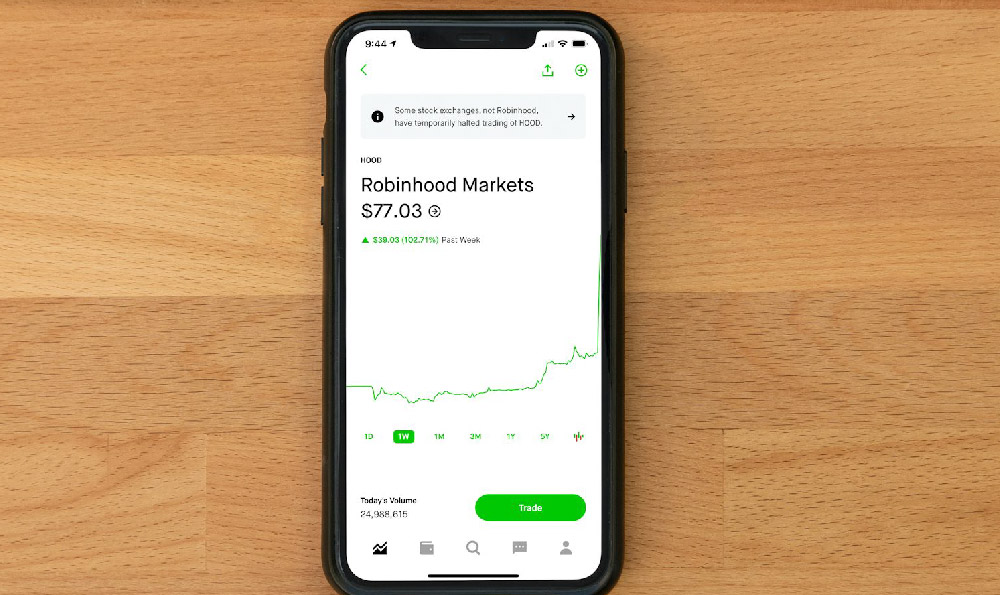Earning money on YouTube is a multifaceted endeavor that demands more than just uploading videos. While the platform offers a gateway to global audiences and monetization opportunities, the path to financial success is often shrouded in misconceptions. The truth is, it requires a strategic approach that blends content creation, audience engagement, and financial acumen. Many aspiring creators underestimate the nuances of this process, leading to frustration or financial loss. Understanding the real challenges and opportunities can help demystify the journey, allowing individuals to navigate it with clarity and purpose.
At its core, YouTube's monetization model is designed to reward creators who provide value to their audience. However, this value must be consistently delivered and tailored to specific niches. The platform's algorithm prioritizes content that keeps viewers watching, which means creators must constantly refine their approach to retain attention. This involves not only producing high-quality videos but also understanding the preferences of their target demographic. For instance, a fitness channel might focus on workout tutorials, while a tech-focused channel could explore gadget reviews or tutorials. The ability to identify and cater to niche interests is a critical factor in sustaining viewer engagement and, consequently, income.
Monetization through ads is one of the primary revenue streams for YouTube creators, but it is not the only option. The AdSense program allows creators to earn money based on ad impressions and clicks, yet the earnings per view are notoriously low. For example, a video with 10,000 views might generate only a few dollars, depending on the ad network and the content's relevance. To maximize ad revenue, creators must focus on increasing watch time and viewer retention. This can be achieved by producing longer, more engaging videos and incorporating strategic ad placements. However, relying solely on ad revenue is risky, as it is subject to fluctuations in ad rates and viewer behavior.

Sponsorships and brand partnerships present another avenue for earning money, but these require a substantial audience to attract the attention of brands. Creators typically need at least 1,000 subscribers and 4,000 watch hours to qualify for the YouTube Partner Program, which is a prerequisite for monetization. Even after meeting these criteria, the process of securing sponsorships can be challenging. Brands often seek creators with a proven track record of engagement and authenticity, which means producers must build trust and credibility over time. Collaborating with brands that align with the channel's values and audience interests is essential to avoid inauthenticity, which can damage a channel's reputation and viewer trust.
Content diversification is also a key strategy for sustaining income. While a single channel might generate revenue through ads, memberships, or merch, the risk of over-reliance on one source is significant. For example, if a channel's primary income comes from ads, a decline in ad revenue could have a direct impact on earnings. To mitigate this, creators should explore multiple revenue streams, such as affiliate marketing, Patreon, or other platforms for content distribution. This approach not only reduces financial risk but also allows for greater flexibility in adapting to market changes.
The financial growth on YouTube is not linear. Many creators experience a period of slow growth before seeing significant returns. During this phase, patience and consistency are vital. Dedicating time to produce high-quality content, analyzing viewer data to understand what works, and adjusting strategies accordingly are essential steps. Additionally, understanding the economic factors that influence the platform, such as changes in advertising rates or the popularity of trending topics, can help creators make informed decisions about their content and monetization strategies.
Risk management is a crucial aspect of YouTube monetization. Creators must be prepared to navigate challenges such as algorithm updates, which can significantly impact visibility and earnings. For example, changes in YouTube's recommendation system may favor certain types of content over others, requiring creators to adapt their strategies. Additionally, the risk of copyright issues or content disputes is ever-present. Ensuring that all content is original or properly licensed is essential to avoid penalties or legal action. Financial planning is also important; creators should treat YouTube as a long-term investment rather than a quick profit scheme.
The journey to earning money on YouTube is as much about personal development as it is about content creation. Continuous learning, whether through video editing, scriptwriting, or audience analytics, can help creators refine their skills and improve their chances of success. Staying updated on industry trends and technological advancements ensures that content remains relevant and engaging. Moreover, the ability to adapt to feedback and viewer preferences is critical to long-term growth.
In conclusion, earning money on YouTube is not a straightforward path, but it is achievable with the right mindset and strategies. The challenges include competition, algorithm unpredictability, and the need for consistent content creation. However, by focusing on quality, diversifying revenue streams, and managing risks effectively, creators can turn their passion into a sustainable income. The key to success lies in understanding that it is a long-term commitment, requiring patience, dedication, and a strategic approach to both content and financial planning.












